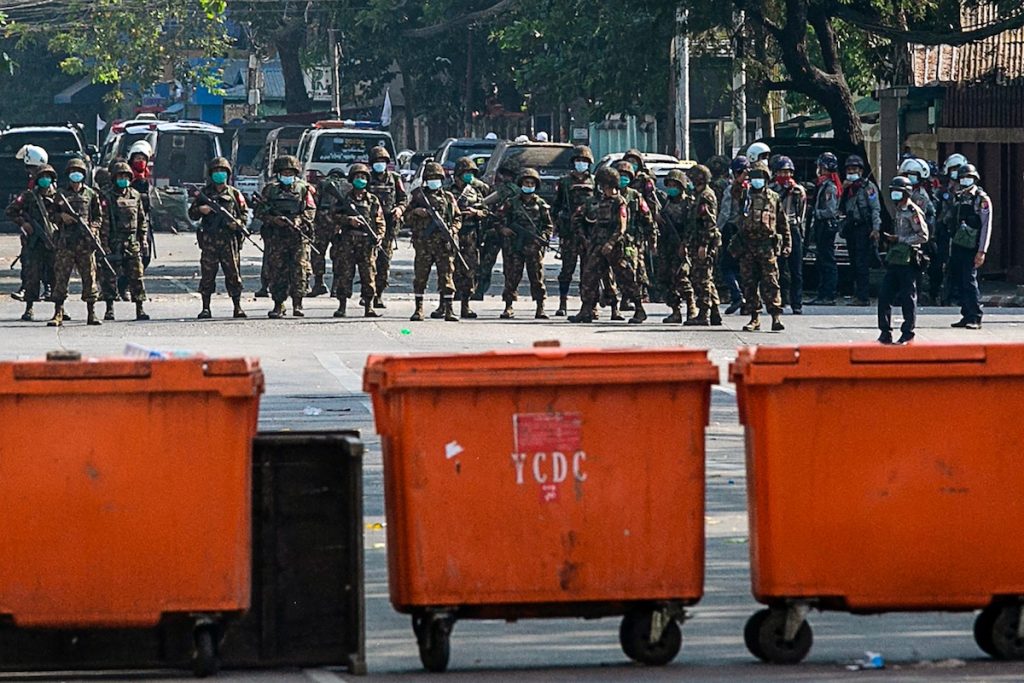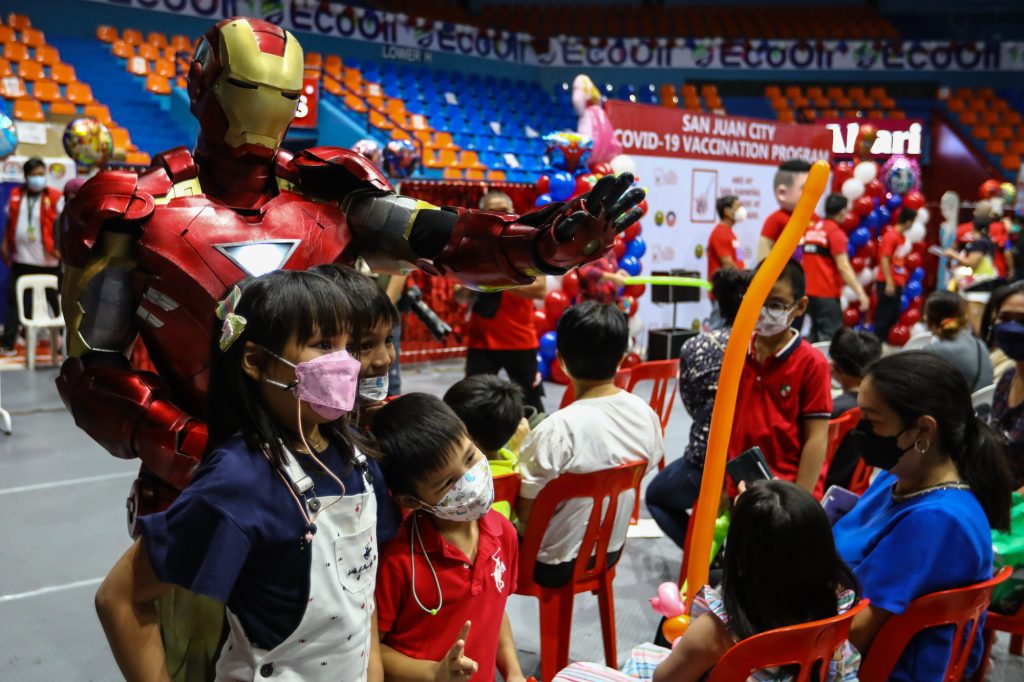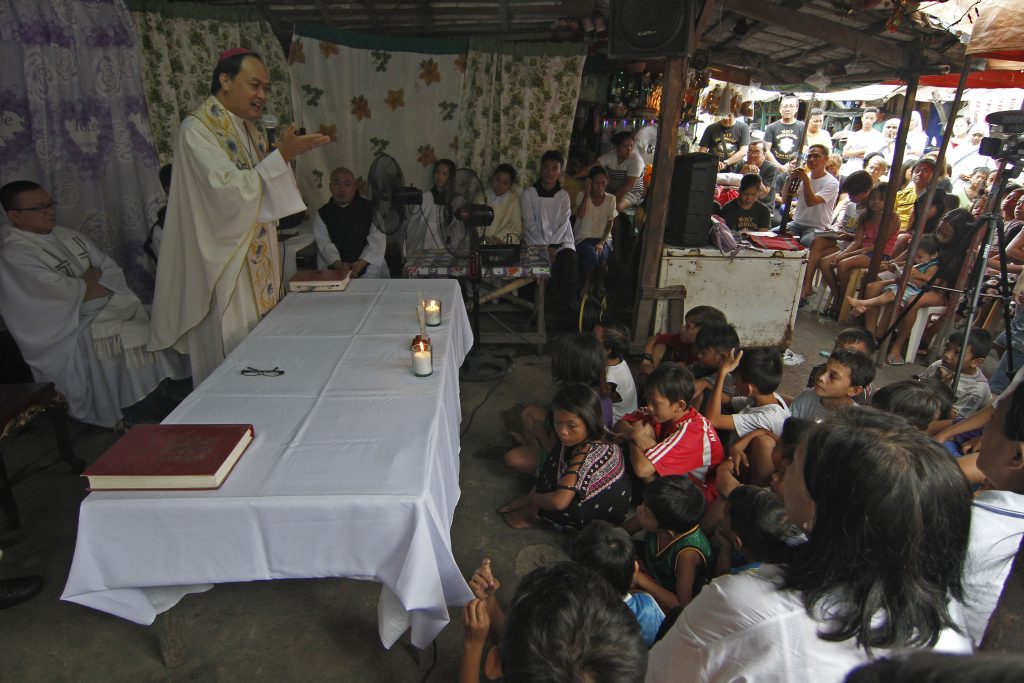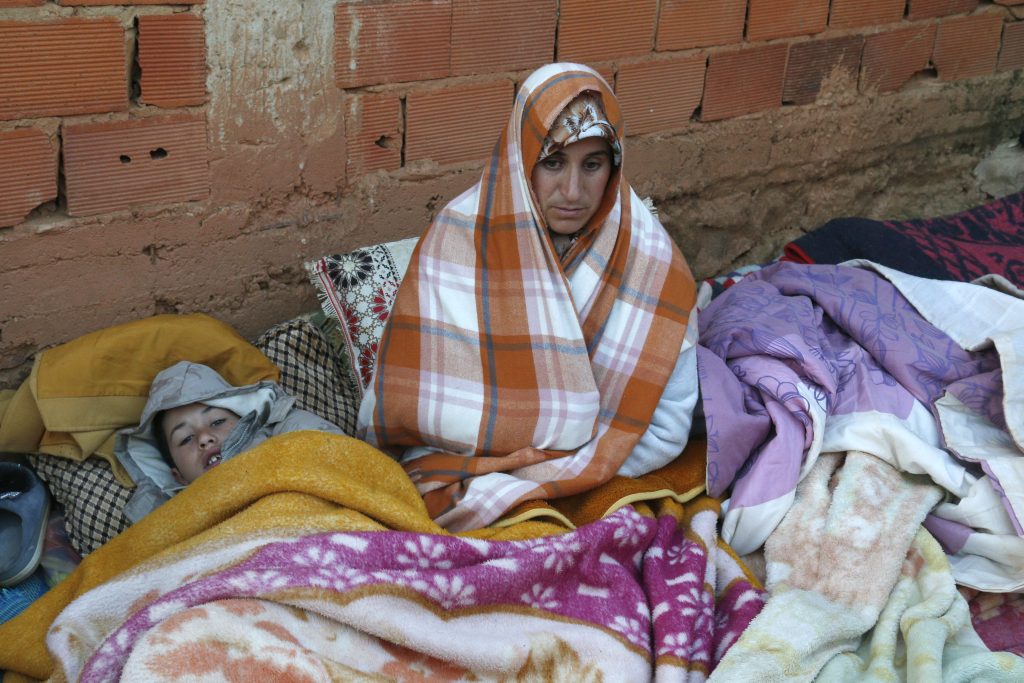
The Myanmar military is using increasingly lethal tactics and weapons normally seen on the battlefield against peaceful protesters and bystanders across the country, new research by Amnesty International (AI) has revealed.
By verifying more than 50 videos from the ongoing crackdown, Amnesty International’s Crisis Evidence Lab said it can confirm that security forces appear to be implementing planned, systematic strategies including the ramped-up use of lethal force.
Many of the killings documented amount to extrajudicial executions, the rights groups said in a statement issued March 11, the same day that eight people were killed when security forces opened fire on anti-junta protests.
Before the March 11 deaths, the Assistance Association for Political Prisoners advocacy group said more than 60 protesters have been killed and about 2,000 people detained by security forces since the Feb. 1 coup against Aung San Suu Kyi’s elected government.
The rights group said that video footage clearly shows that Myanmar military troops — also known as the Tatmadaw — are increasingly armed with weapons that are only appropriate for the battlefield, not for policing actions. Officers are frequently seen engaging in reckless behavior, including the indiscriminate spraying of live ammunition in urban areas.
“These Myanmar military tactics are far from new, but their killing sprees have never before been livestreamed for the world to see,” said Joanne Mariner, director of Crisis Response at AI.
“These are not the actions of overwhelmed, individual officers making poor decisions. These are unrepentant commanders already implicated in crimes against humanity, deploying their troops and murderous methods in the open,” Mariner said.

“For years, ethnic minorities — including the Chin, Kachin, Karen, Rakhine, Rohingya, Shan, Ta’ang and more — have borne the brunt of horrific violence meted out by the Tatmadaw,” she said.
“Along with other rights groups, we have called on the UN Security Council to refer the situation in Myanmar to the International Criminal Court, and bring the Tatmadaw’s senior commanders, including Min Aung Hlaing, to justice. Instead the Security Council has done nothing, and today we see the same military units turn their fire on protesters.”
The UN Security Council on March 10 condemned violence against protesters and urged the army to show restraint, but failed to denounce the military takeover as a coup or threaten further action due to opposition from China and Russia.
The 55 clips, filmed from Feb. 28 to 8 March 8, were recorded by members of the public and local media in cities including Dawei, Mandalay, Mawlamyine, Monywa, Myeik, Myitkyina and Yangon.
According to the UN Special Rapporteur on the situation of human rights in Myanmar, the death toll from the protests as of 4 March stands at 61. This official estimate excludes additional known casualties in recent days.
Planned, premeditated and sanctioned use of lethal force
AI has verified multiple clips showing lethal force is being used in a planned, premeditated and coordinated manner.
In one video taken in Sanchaung township in Yangon on March 2, a commander can be seen standing over an officer operating a sniper rifle. The commander appears to be giving him orders to direct fire towards specific protesters.
Another example given by the rights group was a video from March 3 in North Okkalapa township, Yangon, where officers are seen leading a man towards a larger group of security forces. The man appears to be in the group’s custody and offers no visible resistance, when an officer beside him suddenly shoots him. He immediately drops to the ground and is left on the road, apparently lifeless, for several seconds before officers then walk back and drag him away.

Extensive military arsenal deployed
On March 5, state-run media quoted military authorities as denying any role in fatalities, claiming that “unscrupulous persons [might be] behind these cases”.
However, AI has identified security forces armed with a variety of military firearms, including Chinese RPD light machine guns, as well as local MA-S sniper rifles, MA-1 semi-automatic rifles, Uzi-replica BA-93 and BA-94 submachine guns, and other arms manufactured in Myanmar.
“The weaponry deployed by the Tatmadaw reveals a deliberate and dangerous escalation in tactics,” Mariner said.
“Not content with indiscriminately using less-lethal weapons, each new day shows an apparent order to deploy semi-automatic rifles, sniper rifles, and light machine guns in increasing numbers. Make no mistake, we are in a deadly new phase of the crisis,” she said.
This deployment follows the excessive use of tear gas, water cannons, South Korean Dae Kwang DK-44 flashbang grenades and other contentious ‘crowd control’ methods, as well as incidents of egregious beatings at the hands of the security forces, such as in this verified clip filmed in Mandalay on March 7.
Photos and videos also show that police have access to traditional less-lethal arms, including “pepperball” launchers, and shotguns loaded with rubber bullets manufactured by the Turkish company Zsr Patlayici Sanayi A.S., using cartridges from Franco-Italian company Cheddite.
AI also verified footage of security forces using lethal weapons in ways that are reckless, indiscriminate, and very likely to cause fatal injuries.
The rights group gave several examples with one being verified footage from March 1 in Mawlamyine in Mon State shows security forces riding pick-up trucks while apparently indiscriminately firing live ammunition in multiple directions, including into people’s homes.

Notorious military divisions deployed
AI said that further analysis of photos and videos show that the military units involved in this lethal repression include the Yangon Command, Northwestern Command, and the 33rd, 77th and 101st Light Infantry Divisions (LID), often operating alongside — and sometimes lending their weapons to — police officers.
According to footage examined by AI, the 33rd LID is currently deployed in Mandalay, the 77th in Yangon, and the 101st in Monywa. All three cities have seen extreme instances of excessive force, including killings, by security forces in recent days.
Some of these military divisions are notorious for atrocities and serious human rights violations committed in Rakhine, Kachin, and northern Shan States. AI said that it has implicated soldiers from the 33rd LID in war crimes in northern Shan State in 2016 and 2017, and in crimes against humanity against the Rohingya in Rakhine State in 2017.
The junta has previously said it is acting with utmost restraint in handling what it describes as demonstrations by “riotous protesters” whom it accuses of attacking police and harming national security and stability.
The army has justified the coup by saying that the election, won by Suu Kyi’s National League for Democracy, was marred by fraud — an assertion rejected by the electoral commission. The junta has promised a new election within a year but has not set a date.
Watch AI’s video below:
With Reuters
Source: Licas Philippines






0 Comments